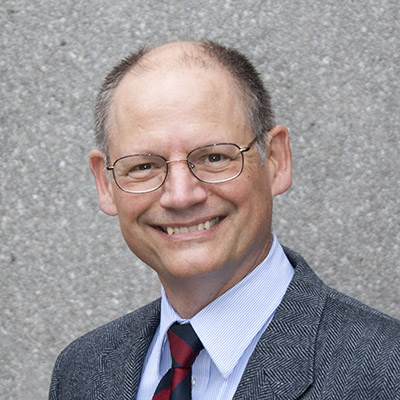Do Liberal Arts Colleges Maximize Profit?
Gansemer-Topf, Ann M., Peter F. Orazem and Darin R. Wohlgemuth. 2021.
Forthcoming. Southern Economic Journal
It is possible that colleges can use their ability to price discriminate to have high ability-to-pay students cross subsidize low ability to pay students. This would cause the school to raise enrollment above their profit maximizing level at the expense of lower net revenues. We find that only about 11% of liberal arts colleges have enrollment significantly above their profit maximizing level while 37% of schools have enrollments within a one standard deviation bound of profit maximization. The implication is that only a few liberal arts colleges expand access by sacrificing net revenue.
Abstract
Revenue, cost, tuition, and scholarship data at private liberal arts colleges from 2003–2013 are used to estimate how each college's net revenue per student varies with student enrollment. Our empirical specification assumes that colleges simultaneously pick their optimal net tuition and cost of instruction. The estimates allow us to identify the enrollment level that maximizes the return on the college's provision of educational services. Thirty-seven percent of the colleges have enrollments within one standard deviation of their profit maximizing enrollment. Another 11% are more than one standard deviation above the profit maximizing level; they increase access to students but not revenue. Compared to the profit maximizing colleges, the institutions with enrollments beyond their profit maximum have stronger endowments and enroll more low-income students. Although no schools were below their shut-down enrollment, 13% were within one standard deviation of their minimum enrollment and may be vulnerable to tuition revenue shock.
